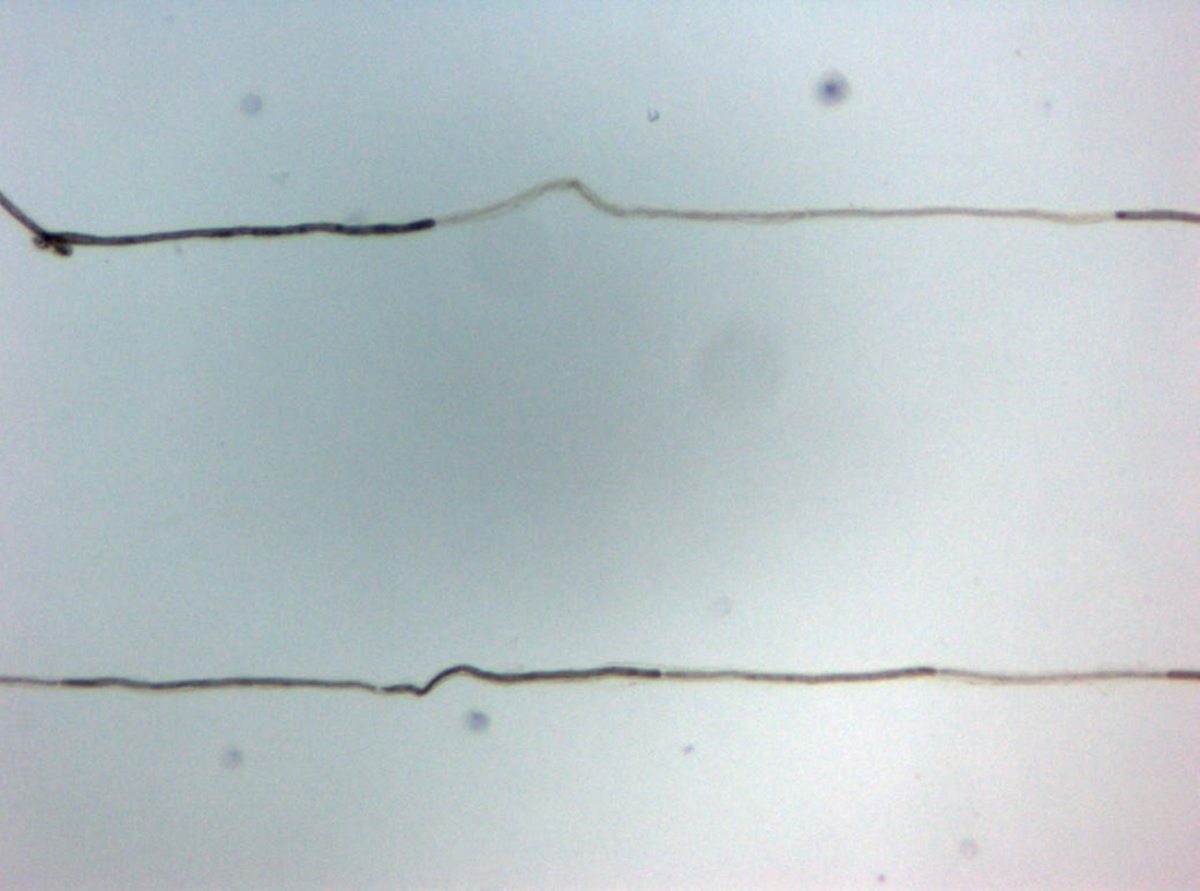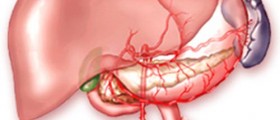
What Is CIDP and Its General Characteristics?
CIDP is short for chronic inflammatory demyelinating polyneuropathy. This an immune-mediated disorder that features with inflammation of various nerves outside the brain, their damage and changes in their function. In majority of cases the condition affects both sides of the body equally.
The actual cause of CIDP has not been identified yet. However, the disorder is commonly associated with certain medical condition such as chronic hepatitis, diabetes, HIV, inflammatory bowel disease, systemic lupus erythematosus, lymphoma and thyrotoxicosis.
Depending on the nerves that are affected by the inflammatory process patients suffering from CIDP may develop different symptoms and signs. For example, there may be difficulty walking associated with muscle weakness. Some patients complain about facial weakness and there may be sensation changes (numbness, general decrease in sensation, burning or tingling sensation etc.) which predominantly affect upper or lower extremities. Progression of the disorder may lead to abnormal or uncoordinated movement, bowel or bladder problems and breathing or swallowing difficulty. Patients feel fatigue and may also suffer from muscle contractions, develop muscle atrophy or completely lose function of certain muscles. Speech impairment and hoarseness are two more potential characteristics of CIDP.
Diagnosing CIDP includes complete clinical neurological examination and several more tests and exams such as electromyography (EMG) and nerve conduction study (NCS), nerve biopsy, spinal tap and serum test for specific antibodies. It is also essential to perform serum test in order to exclude other autoimmune illnesses.
Therapy for CIDP
The goal of treatment for CIDP is to control the disease and alleviate the intensity of symptoms and signs. What the treatment will include basically depends on the severity of the disorder.
There is a variety of medications that may be prescribed to patients suffering from CIDP. If CIDP develops as a consequence of a certain underlying disease the particular disease is treated at the same time. Many patients benefit from immunomodulatory/immunosuppressive agents. They include intravenous immunoglobulin (IVIg), Prednisone, azathioprine, methotrexate, mycophenolate, Cyclosporine and cyclophosphamide and plasmapheresis. Plasmapheresis is not a drug. This is a procedure during which antibodies responsible for the damage of the peripheral nerves are removed. Immunosuppressive drugs act against inflammation and this way reduce symptoms of CIDP. While mild cases may be brought under control with corticosteroids, severe forms of CIDP require stronger immunosuppressants such as Cyclosporine. If the condition is not treated properly or it progresses in spite of treatment patients eventually require physical or occupational therapy and orthotic devices. Surgery is only performed in order to correct certain deformities.

















Your thoughts on this
Loading...